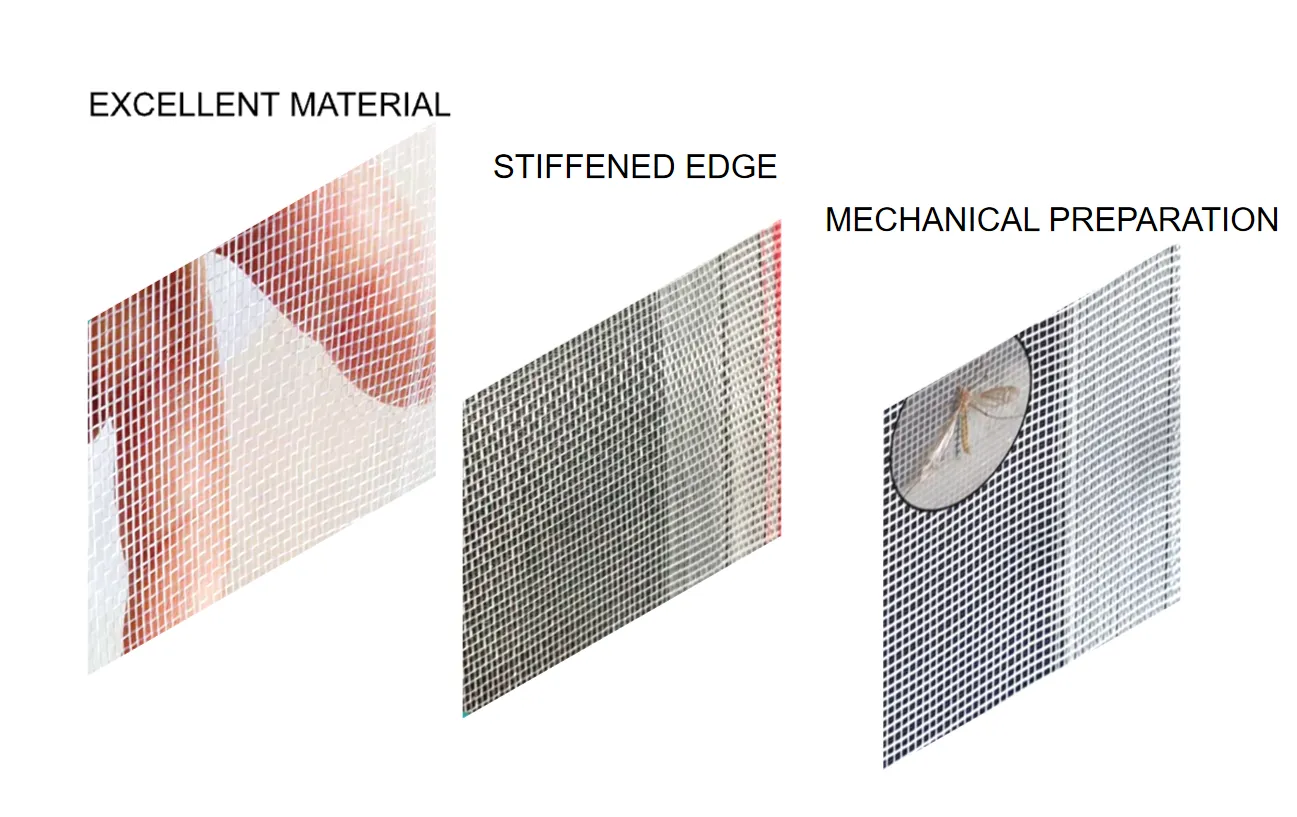-
 Afrikaans
Afrikaans -
 Albanian
Albanian -
 Amharic
Amharic -
 Arabic
Arabic -
 Armenian
Armenian -
 Azerbaijani
Azerbaijani -
 Basque
Basque -
 Belarusian
Belarusian -
 Bengali
Bengali -
 Bosnian
Bosnian -
 Bulgarian
Bulgarian -
 Catalan
Catalan -
 Cebuano
Cebuano -
 China
China -
 Corsican
Corsican -
 Croatian
Croatian -
 Czech
Czech -
 Danish
Danish -
 Dutch
Dutch -
 English
English -
 Esperanto
Esperanto -
 Estonian
Estonian -
 Finnish
Finnish -
 French
French -
 Frisian
Frisian -
 Galician
Galician -
 Georgian
Georgian -
 German
German -
 Greek
Greek -
 Gujarati
Gujarati -
 Haitian Creole
Haitian Creole -
 hausa
hausa -
 hawaiian
hawaiian -
 Hebrew
Hebrew -
 Hindi
Hindi -
 Miao
Miao -
 Hungarian
Hungarian -
 Icelandic
Icelandic -
 igbo
igbo -
 Indonesian
Indonesian -
 irish
irish -
 Italian
Italian -
 Japanese
Japanese -
 Javanese
Javanese -
 Kannada
Kannada -
 kazakh
kazakh -
 Khmer
Khmer -
 Rwandese
Rwandese -
 Korean
Korean -
 Kurdish
Kurdish -
 Kyrgyz
Kyrgyz -
 Lao
Lao -
 Latin
Latin -
 Latvian
Latvian -
 Lithuanian
Lithuanian -
 Luxembourgish
Luxembourgish -
 Macedonian
Macedonian -
 Malgashi
Malgashi -
 Malay
Malay -
 Malayalam
Malayalam -
 Maltese
Maltese -
 Maori
Maori -
 Marathi
Marathi -
 Mongolian
Mongolian -
 Myanmar
Myanmar -
 Nepali
Nepali -
 Norwegian
Norwegian -
 Norwegian
Norwegian -
 Occitan
Occitan -
 Pashto
Pashto -
 Persian
Persian -
 Polish
Polish -
 Portuguese
Portuguese -
 Punjabi
Punjabi -
 Romanian
Romanian -
 Russian
Russian -
 Samoan
Samoan -
 Scottish Gaelic
Scottish Gaelic -
 Serbian
Serbian -
 Sesotho
Sesotho -
 Shona
Shona -
 Sindhi
Sindhi -
 Sinhala
Sinhala -
 Slovak
Slovak -
 Slovenian
Slovenian -
 Somali
Somali -
 Spanish
Spanish -
 Sundanese
Sundanese -
 Swahili
Swahili -
 Swedish
Swedish -
 Tagalog
Tagalog -
 Tajik
Tajik -
 Tamil
Tamil -
 Tatar
Tatar -
 Telugu
Telugu -
 Thai
Thai -
 Turkish
Turkish -
 Turkmen
Turkmen -
 Ukrainian
Ukrainian -
 Urdu
Urdu -
 Uighur
Uighur -
 Uzbek
Uzbek -
 Vietnamese
Vietnamese -
 Welsh
Welsh -
 Bantu
Bantu -
 Yiddish
Yiddish -
 Yoruba
Yoruba -
 Zulu
Zulu
The Applications and Benefits of Steel Gauze in Industrial and Home Settings
The Versatility and Importance of Steel Gauze
Steel gauze, often referred to in various industries as wire mesh or wire cloth, has become an indispensable material due to its unique blend of properties that cater to a myriad of applications. This woven mesh, typically made from high-quality stainless, carbon, or galvanized steel, demonstrates remarkable strength, durability, and resistance to corrosion. Its versatility makes it suitable for numerous fields, including construction, filtration, and even medical applications.
Construction and Architectural Applications
In the construction industry, steel gauze plays a crucial role in various structural and aesthetic applications. It is commonly used as a reinforcement material in concrete structures, enhancing their tensile strength and overall durability. By incorporating steel gauze into concrete, builders can prevent cracking and ensure long-lasting infrastructures.
Additionally, steel gauze is widely used in architectural designs, especially in facades and as a screening element in modern buildings. The transparent nature of gauze allows natural light to filter through while providing structural support and visual interest. Architects appreciate this material for its ability to create dynamic appearances without sacrificing strength or functionality.
Filtration and Separation
In industrial settings, steel gauze is a vital component for filtration and separation processes. Various industries, including food, pharmaceuticals, and chemicals, utilize steel gauze filters to separate solids from liquids. The mesh can be manufactured in various mesh sizes, allowing for precise filtration that ensures product purity. For instance, in brewing and distillation processes, the use of steel gauze allows for the efficient separation of grains and other particles from the liquid, producing a higher quality final product.
Moreover, steel gauze is resistant to temperature fluctuations and corrosion, making it an ideal choice for filtering hot or harsh chemicals
. Its durability ensures a longer lifespan compared to plastic or other materials, reducing the frequency of replacements and the associated costs.steel gauze

Medical Applications
An intriguing application of steel gauze is in the medical field, particularly in surgical equipment and devices. Steel gauze is often used in the manufacture of surgical mesh, which plays an essential role in hernia repair and other procedures requiring tissue support. The biocompatibility and strength of the material make it an ideal choice for reinforcing tissues, ensuring proper healing and reducing the likelihood of complications.
Additionally, steel gauze is also employed in sterile environments, often used in laboratory and hospital settings. Its ability to withstand high temperatures during sterilization processes renders it an integral component in various medical apparatus, ensuring that they maintain their integrity and functionality.
Ecological Impact and Sustainability
The environmental aspects of steel gauze production and recycling are noteworthy. Steel is one of the most recycled materials worldwide, and the fabrication of steel gauze often utilizes recycled steel. This sustainable approach not only minimizes waste but also reduces the carbon footprint associated with new steel production. In an era where sustainability is pivotal, the use of steel gauze aligns well with eco-friendly practices, making it a smart choice for conscientious industries.
Conclusion
In conclusion, steel gauze is a multifaceted material with applications spanning a diverse range of industries, from construction and filtration to medical advancements. Its impressive properties, including strength, durability, and resistance to harsh conditions, cement its role as a critical component in modern manufacturing and design. As industries continue to innovate and prioritize sustainability, the relevance of steel gauze is only expected to grow. Whether it is reinforcing a building, purifying a liquid, or supporting a surgical procedure, steel gauze does much more than meets the eye—it is a silent yet significant contributor to progress and functionality in today's world.
-
Shipping Plastic Bags for Every NeedNewsJul.24,2025
-
Safety Netting: Your Shield in ConstructionNewsJul.24,2025
-
Plastic Mesh Netting for Everyday UseNewsJul.24,2025
-
Nylon Netting for Every UseNewsJul.24,2025
-
Mesh Breeder Box for Fish TanksNewsJul.24,2025
-
Expanded Steel Mesh Offers Durable VersatilityNewsJul.24,2025











